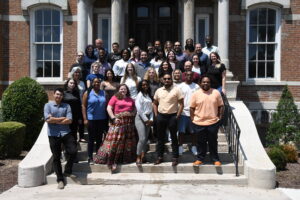Fisk-Vanderbilt Bridge Program celebrates 20 years of improving representation in STEM
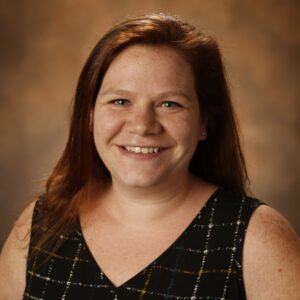
In Lauren Campbell’s opinion, getting through graduate school takes a village. It requires financial resources, extraordinary hard work, perseverance, and strong supports.
As the executive director of the Fisk-Vanderbilt Master’s-to-Ph.D. Bridge Program, Campbell is dedicated to making sure students receive those supports and are set up for success.
But for her, it’s not just a job.
“I was in one of the earlier cohorts,” said Campbell, who graduated from the Bridge Program in 2015. “It meant so much to me to have that opportunity, because without this program, I probably wouldn’t have made it to grad school, let alone through grad school.”
This sentiment is at the heart of the program, whose mission is to improve the demographic representation in science, technology, engineering, and mathematics (STEM) fields.
There is a national demand for more STEM workers. However, systemic discrimination leads to inequalities in access and inclusion, causing some students to not receive the necessary information, teaching, or supports to guide them toward a career in STEM. Additionally, reliance on standardized test scores and biased admissions processes limit participation, leading to a lack of diversity and equity in STEM fields.
Studies have shown that underrepresented minority students are more likely to use a master’s degree as a pathway to obtain a Ph.D. To increase the number of underrepresented minority students engaged in Ph.D.-level STEM research, in 2004 Fisk University and Vanderbilt partnered to form the Bridge Program. At the time, they had no idea how impactful it would be.
Fisk was the ideal partner for Vanderbilt, as the oldest university in Nashville and the first of the Historically Black Colleges and Universities (HBCU) to gain full accreditation by the Southern Association of Colleges. Approximately 98 percent of the student body represents underrepresented minorities, and it is the number one producer of African American earned master’s degrees in the country.
Fisk and Vanderbilt are also in close proximity to each other, which fosters faculty and student collaborations and more easily facilitates participation in seminars, scientific program retreats, and workshops across both campuses.
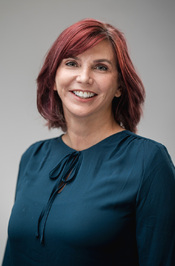
“The goal is to identify and eliminate issues—personal, professional, financial—before they irreversibly damage student performance and wellbeing,” said Kelly Holley-Bockelmann, the Vanderbilt director of the program and Stevenson Chair in Physics and Astronomy.
Since the first cohort was enrolled 20 years ago, 190 students have participated in the program, 157 master’s degrees have been awarded, 137 students have bridged to a Ph.D. program, and 70 students have earned a Ph.D. The program has an 88 percent Ph.D. completion rate, more than twice the national average of 43 percent.
The Bridge Program’s success is founded on three fundamental pillars: recruiting students holistically, building community for students and faculty, and ensuring students are supported not only during their studies, but during their career search and into their professional life as alumni.
The program chooses applicants based on a holistic admissions process that looks at the whole student, not solely their test scores or grades. “We developed a way to identify talented scholars that didn’t rely on standardized test scores or GPA, which are known to be biased,” said Holley-Bockelmann.” We admit students holistically using interviews, letters, and personal statements to identify non-cognitive attributes like perseverance, work ethic, and a growth mindset.”
Once a student is admitted, they receive support every step of the way through both peer and faculty mentoring that focuses on their personal goals. Students also receive numerous opportunities to work with leading faculty on research projects, and can take advantage of professional development and networking opportunities to ensure their success when entering the STEM career force. These professional opportunities are also available to alumni making career switches, as they are part of the Bridge Program community indefinitely.
The program’s achievements have been widely recognized. “Our programmatic and student outcomes have brought us national attention and acclaim,” Holley-Bockelmann said. “The Bridge Program helped excite a sea of change in physics and astronomy graduate training and admissions. To promote holistic admissions, the American Astronomical Society cited us in their statement against the use of the physics GRE. We were recognized as the exemplar for broadening participation in astronomy in the 2010 and 2020 Decadal Surveys by the National Academy of Sciences. Several physics and astronomy programs around the U.S. have consulted us to form their own programs based on the Bridge model. We have been featured by National Public Radio, The Chronicle of Higher Education, twice in Nature, and in many other media outlets. We were even the answer to the Daily Double in an episode of Jeopardy—and the contestant got it right!”
Additionally, by sending people of color into the workforce with advanced degrees, the program is making a significant impact on STEM fields and academia. Graduates are employed in a variety of roles, including industry, national research labs, national public policy, and education. Four alumni have secured research-based tenure-track faculty positions.
Recognition from other institutions and seeing changes in the STEM field is extremely gratifying. However, not to be overlooked is the effect the program has had on the individual students and alumni.
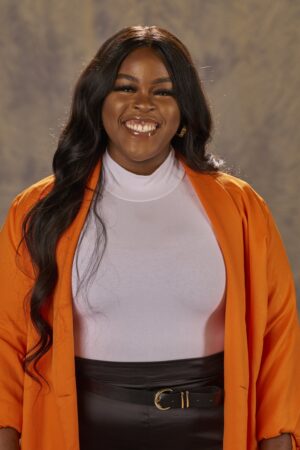
Hannah Nnabugwu is working toward her master’s in chemistry from Fisk. She said she found the Bridge Program by chance. She knew she wanted to earn a Ph.D., but as an undergraduate student, she faced challenges that did not allow her to take advantage of resources that would help her succeed in the STEM field.
“Balancing a full-time job, caregiving responsibilities, and a full course load meant I couldn’t always take advantage of certain resources that could have helped me grow academically and professionally,” Nnabugwu said. “As a result, I wasn’t the top student, and I didn’t build up the scientific credentials—like high grades, refined techniques, strong recommendations, and a deep scientific mindset—that are essential in this field.”
After she graduated, her interest in STEM persisted. She recognized the missed opportunities from college and resolved to make a change. That’s when she came across the Bridge Program.
“I stumbled on this program, and I respected what it stood for,” Nnabugwu said. “I am in this program because I want to grow my resume and network, meet people who are similar to myself, and create a solid foundation—mentally and physically—and skills before entering into a doctorate program, especially with having access to the resources at Vanderbilt University.”
In her experience, what you get out of the program depends on what you put in, and it has helped her learn more about herself and grow as a person, not just a scientist.
“The program has impacted me in a bunch of ways—some I am even surprised about,” she said. “The biggest impact is on my personal development. It taught me to learn to ask for help when I need it. I would try to figure things out independently, which isn’t always bad, but sometimes asking for help saves much more time, energy, resources, and headaches.”
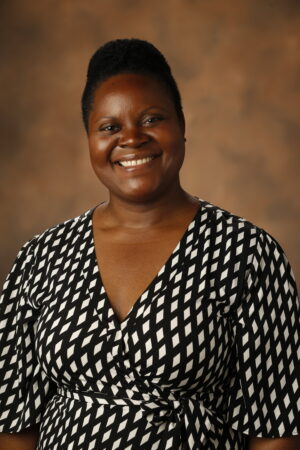
Jodiene Johnson graduated from the program in 2020 and is currently working on her Ph.D. in cellular and molecular biology from the University of Washington. She said that while the Bridge Program was challenging at times, it helped her achieve her academic goals, something she feels she could not have done on her own.
“The program was an excellent way to build my scientific knowledge and research skills to be competitive when applying to Ph.D. programs,” Johnson said. “Without the Bridge Program, I do not think I would have gotten into any Ph.D. programs.”
While the Bridge Program celebrates a successful 20 years, Holley-Bockelmann anticipates that it will continue to grow and evolve, introducing more courses to broaden student career outcomes.
“We’ve been securing grants to have more of an astronomy presence at Fisk by teaching courses and hosting postdocs,” she said. “Right now, a new subfield called multi-messenger astronomy is emerging. It combines information from gravitational waves, light, and other particles to learn about the universe. My personal vision is to create expertise in multi-messenger astronomy at both Fisk and Vanderbilt—shared science helps to cement the Bridge partnership, plus we have the opportunity for Fisk and Vanderbilt to be world leaders in a brand-new field.”
Campbell echoed these sentiments, saying she hopes the program expands to include new major tracks, such as geosciences, and to give opportunities to even more students who are in the same position she once was.
“Having the community for me was really important,” Campbell said. “When I was starting up my career and there was an opportunity to come back and be part of the Bridge leadership team, I thought to myself, ‘Can I give back to the program in this way?’ It means so much to me and who I am, and I am excited to be part of the new direction the program is going.”
